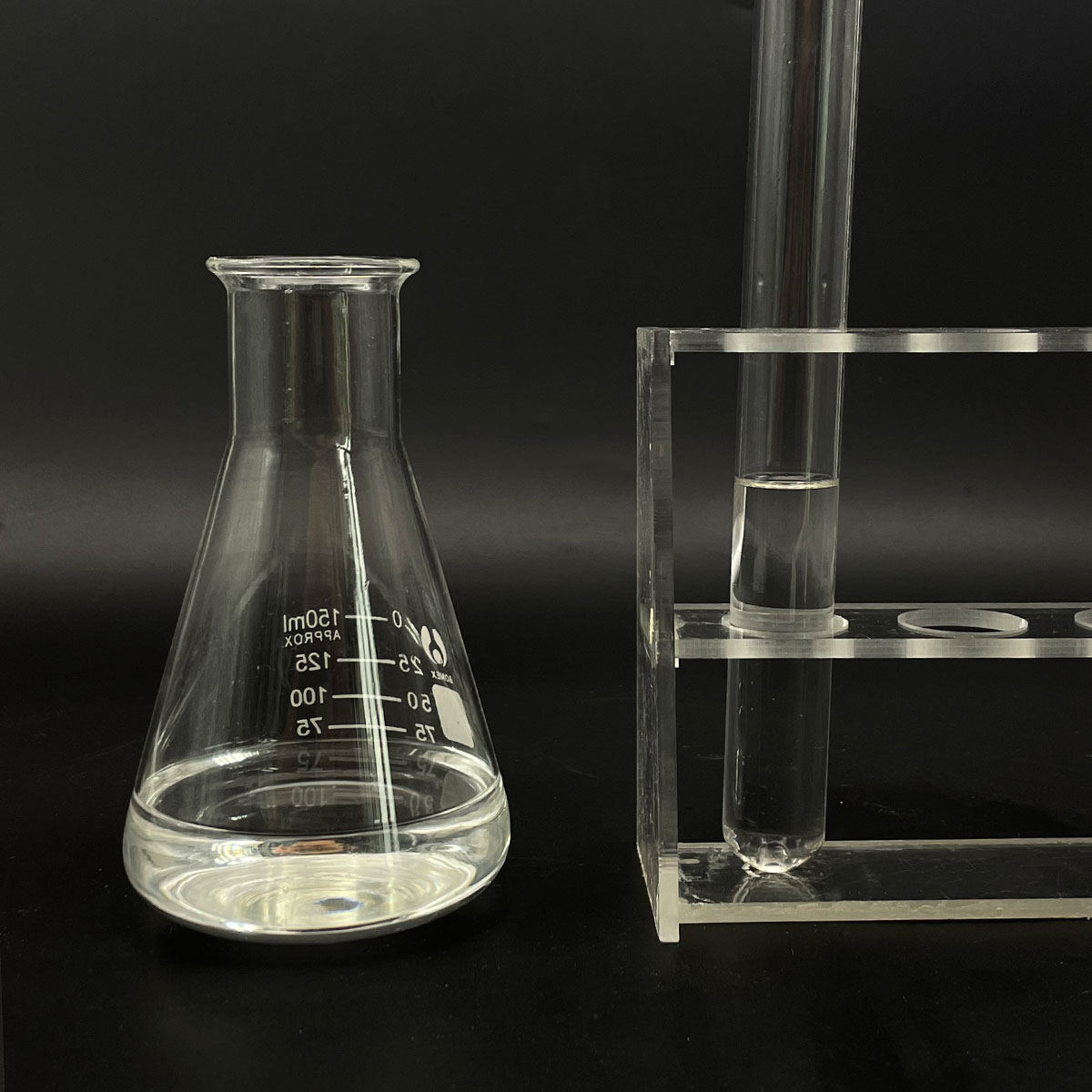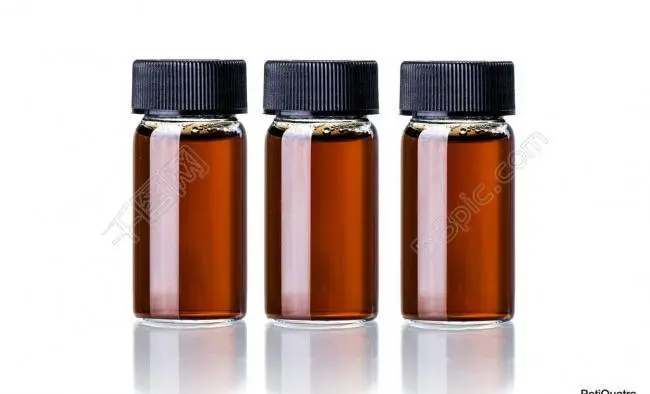**Title: Your Lungs’ Secret Slippery Savior: Unpacking Pulmonary Surfactant**
(How Does Pulmonary Surfactant Work)
Imagine taking a breath. Feels effortless. Now imagine trying to blow up millions of tiny, sticky balloons inside your chest with every single breath. Sounds exhausting. That’s exactly what breathing would be like without pulmonary surfactant. This unsung hero, a slick film coating the tiniest air sacs in your lungs, works non-stop so you don’t have to think about breathing. Let’s dive into the slippery science of this life-saving substance.
**1. What is Pulmonary Surfactant?**
Think of pulmonary surfactant as your lungs’ built-in soap. It’s a complex mix. Primarily fat molecules (phospholipids like DPPC), special proteins (SP-A, B, C, D), and some cholesterol. This mixture isn’t random. It gets produced by unique cells called Type II pneumocytes, nestled deep within your lungs’ air sacs, the alveoli. These cells constantly make, store, and release surfactant onto the inner surface of the alveoli. Picture it like a thin, slippery coating spread over the inside of billions of microscopic bubbles. This coating is absolutely vital. Without it, those bubbles would collapse under their own stickiness with every breath out. The surfactant mixture lowers surface tension, the force that makes water bead up or makes wet surfaces stick together. In your lungs, high surface tension is bad news. It makes the alveoli hard to inflate and prone to collapse. Surfactant fights this force, keeping the alveoli open and springy.
**2. Why Do We Need Pulmonary Surfactant?**
The need boils down to physics and survival. The alveoli are incredibly small. Their walls are thin and wet. Water molecules naturally attract each other. This creates surface tension. In a tiny, curved space like an alveolus, high surface tension acts like a powerful inward pull. It tries to shrink the alveolus down, making it collapse. Without surfactant, inflating your lungs would require enormous effort. It would be like trying to blow up millions of tiny balloons glued together. You’d need huge pressure just to start a breath. Even worse, when you breathed out, the alveoli would stick shut completely. Breathing would become exhausting, maybe impossible. Surfactant solves this. It disrupts the strong water-to-water attraction at the alveolar surface. It inserts its fat molecules between the water molecules, weakening the pull. This drastically lowers surface tension. The result? Alveoli stay open easily. They inflate smoothly with less effort. They resist collapse when you exhale. This makes breathing effortless and efficient. It allows oxygen to enter your blood and carbon dioxide to leave without a constant struggle against physics.
**3. How Does Pulmonary Surfactant Work?**
The magic happens at the molecular level, primarily thanks to the phospholipids, especially Dipalmitoylphosphatidylcholine (DPPC). Picture the alveolus surface covered in a thin layer of water. Water molecules cling tightly together. Now, surfactant molecules get released. Their fatty tails hate water. Their heads love it. When spread on the water surface, these molecules naturally arrange themselves. The water-loving heads dip into the water. The water-hating tails stick straight up into the air space. This creates a molecular film right at the air-water interface. This film is key. As you breathe in and the alveolus expands, this surfactant film spreads out. The molecules move apart, weakening their overall effect slightly. But as you breathe out and the alveolus shrinks, something crucial occurs. The surfactant molecules get squeezed closer together. Their fatty tails pack tightly. This dense packing creates a super-slippery, low-tension surface. It’s like packing people tightly in a room – they can’t move easily, reducing the “pull” (surface tension) drastically. This prevents the walls of the shrinking alveolus from sticking together. The special proteins (SP-B and SP-C especially) are vital helpers. They act like delivery trucks and construction workers. They help spread the surfactant quickly over the surface. They help the film form properly. They ensure the film stays stable even during the big changes in alveolus size with each breath. This dynamic action – spreading thin on inhalation, packing tight on exhalation – is the continuous, automatic process keeping your alveoli open.
**4. Applications: Where Surfactant Science Saves Lives**
Understanding surfactant isn’t just academic. It directly saves lives, especially the tiniest ones. The biggest application is treating Respiratory Distress Syndrome (RDS) in premature babies. Babies born very early haven’t had time for their Type II cells to make enough surfactant. Their lungs are stiff and collapse easily. Breathing is a massive struggle. Before surfactant therapy, RDS was a leading killer of preemies. Now, doctors can give these babies artificial or animal-derived surfactant directly into their lungs through a breathing tube. It’s like adding the missing soap to their sticky balloons. The results are often dramatic. Breathing improves quickly. Oxygen levels rise. Many lives are saved. This treatment is standard care worldwide. Surfactant research also helps understand other lung problems. Conditions like Acute Respiratory Distress Syndrome (ARDS) in adults often involve damage to surfactant or the cells that make it. While giving surfactant to adults with ARDS is trickier and less consistently effective than in preemies, it’s still an area of active research. Studying surfactant helps scientists grasp how infections, injuries, or toxins harm the lungs. It guides the development of better breathing support machines (ventilators) that are gentler on fragile lungs. Surfactant science keeps evolving, offering hope for tackling other challenging lung diseases.
**5. Pulmonary Surfactant FAQs**
* **Does surfactant run out?** Your body constantly makes and recycles surfactant. Healthy Type II pneumocytes keep producing it. They also suck up old surfactant, break it down, and reuse the parts to make fresh batches. It’s a sustainable system.
* **Can adults lack surfactant?** Usually, healthy adults make enough. Problems arise if the Type II cells get damaged. This happens in severe lung injuries (like bad pneumonia, smoke inhalation, near-drowning), sepsis, or ARDS. The damage stops production or makes dysfunctional surfactant.
* **Why is it so critical for premature babies?** Surfactant production ramps up late in pregnancy, mostly in the last few weeks. Babies born before about 32 weeks often haven’t made nearly enough. Their lungs are structurally underdeveloped and critically lack this essential lubricant.
* **Does coughing affect surfactant?** Normal coughing doesn’t remove significant surfactant. The film is molecular and tightly bound to the alveolar surface. Forceful coughing clears bigger airways, not the deep alveoli where surfactant works.
(How Does Pulmonary Surfactant Work)
* **Can vaping or smoking harm surfactant?** Absolutely. Both activities introduce harmful chemicals deep into the lungs. These toxins can damage or kill Type II pneumocytes, reducing surfactant production. They can also directly damage the surfactant film, making it less effective. This contributes to lung stiffness and breathing problems.
Inquiry us
if you want to want to know more, please feel free to contact us.




